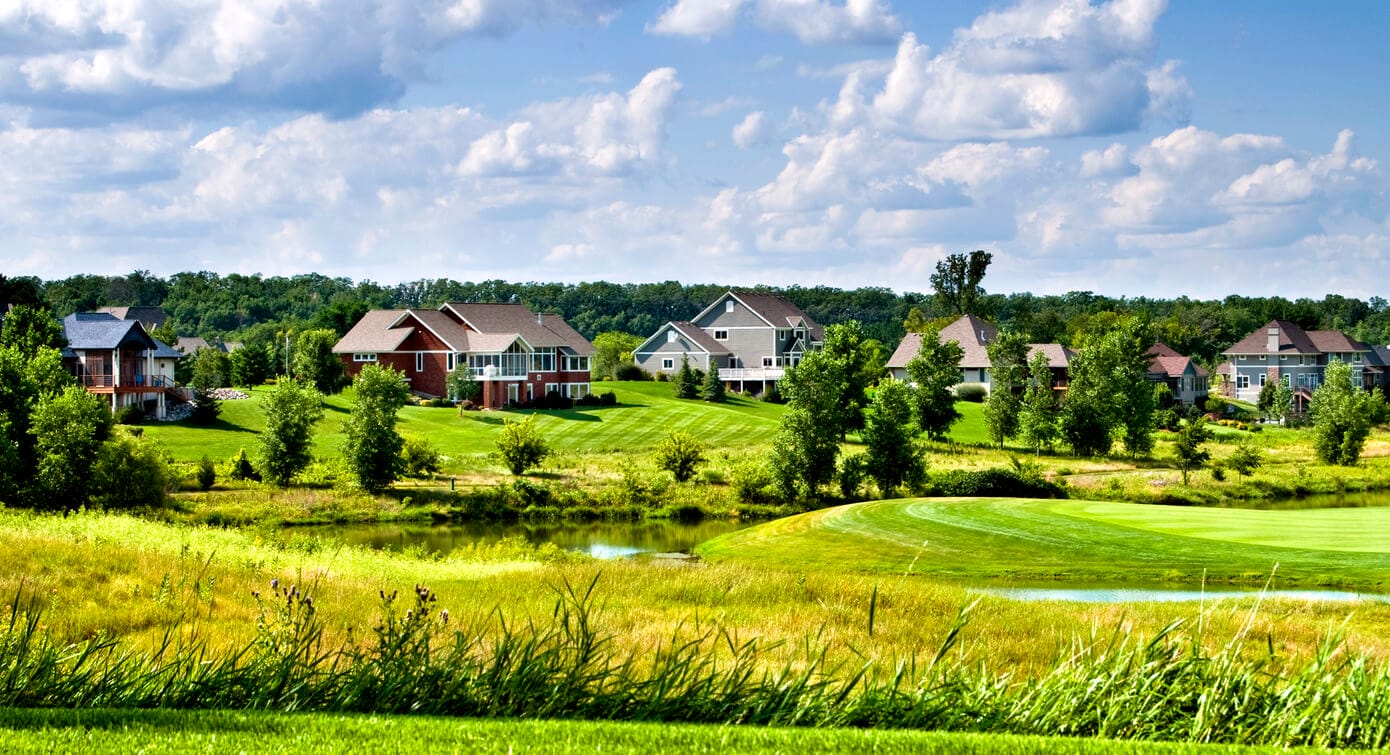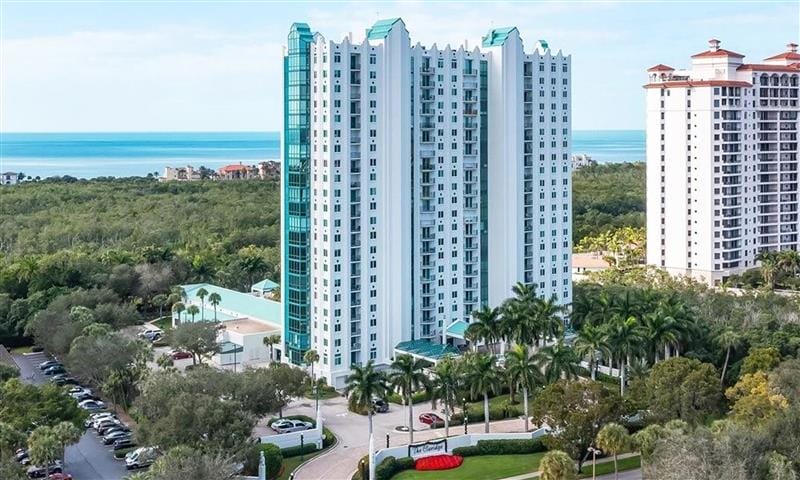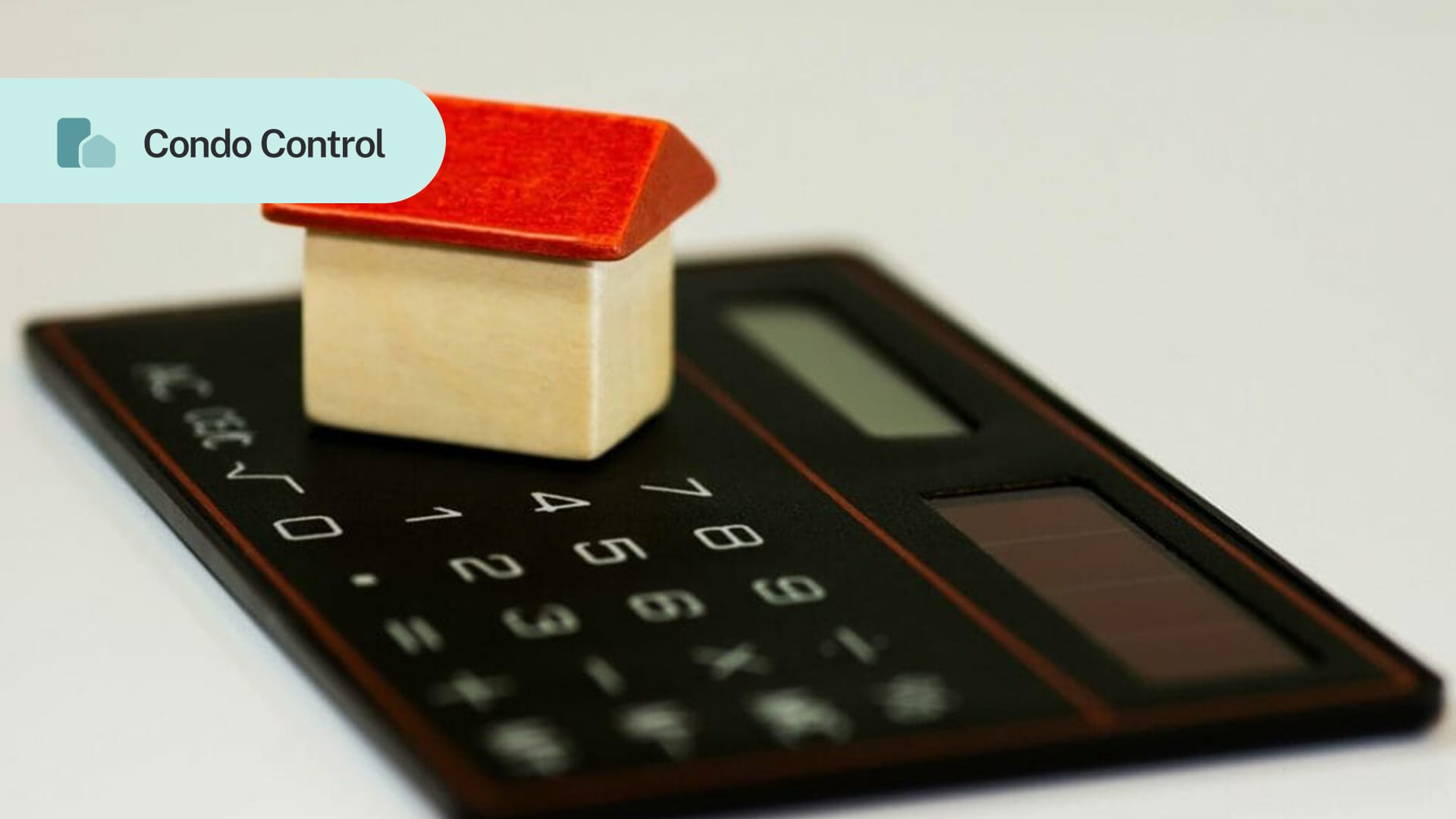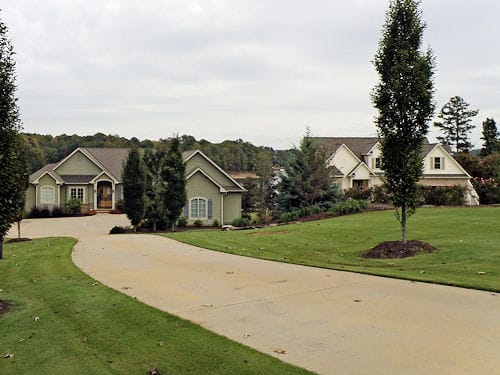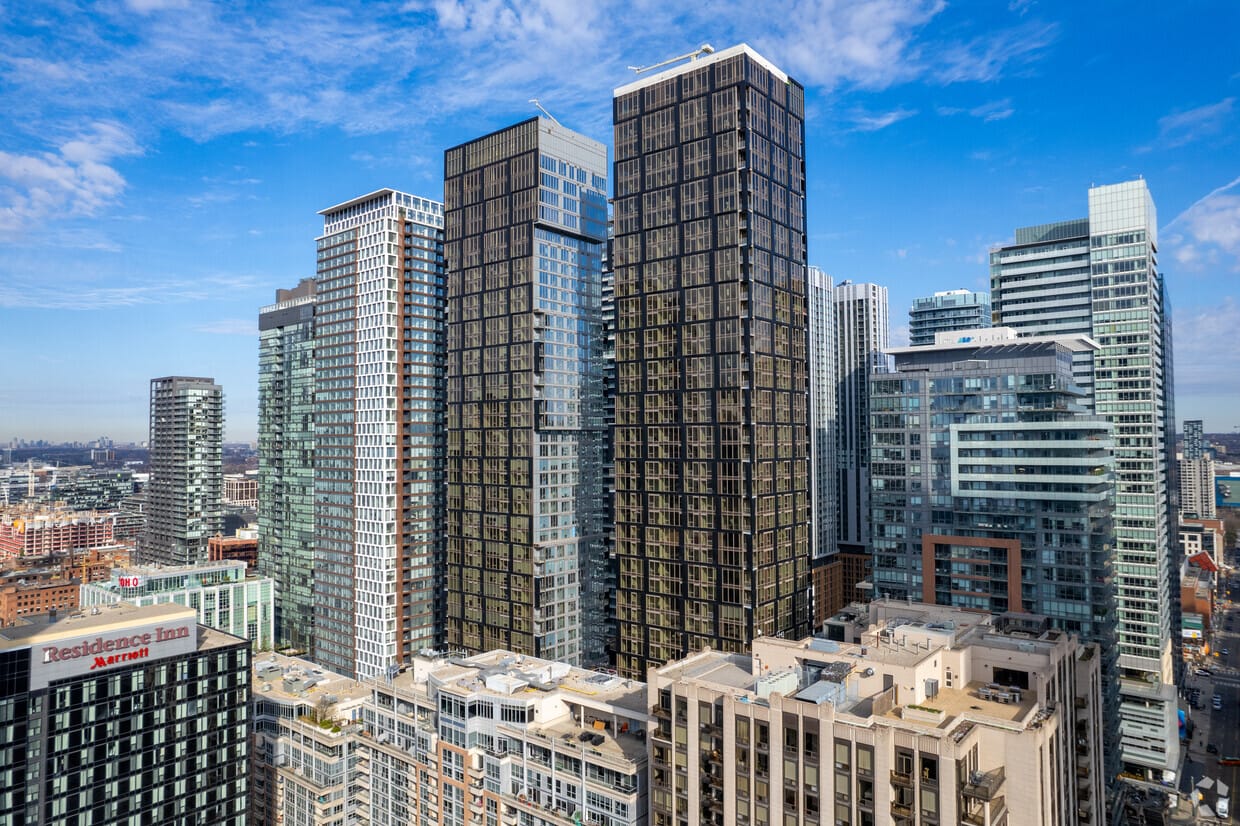Imagine living 10 minutes away from your favorite golf course. Not only could you sleep in a little bit later if you have an early tee time, but you could probably play multiple rounds in a single day. Plus, there won’t be any debate about who will be hosting weekend get-togethers. Your friends will happily make their way over to your place.
Download our free golf cart policy template
Some homeowners are lucky enough to live in a community with a golf course. But this setup isn’t always as beneficial as it may seem.
Golf homes are popular in warm states like Florida, Texas, and Arizona, since it is possible to play a round all year long. However, golf courses have struggled financially for several years (though there has been a recent reversal in this trend) thus diminishing the appeal of these communities. That’s because the success of the course has a direct impact on the HOA.
Table of contents
- How do HOAs centered around golf courses work?
- Is a golf community a POA or HOA?
- Costs
- Golf carts
- Pros of living in a golf course community
- Cons of living in a golf course community
Membership is as unique as the course. Some clubs require homeowners to pay for a membership, while others make it optional.
It can be very expensive to live in a golf community, but homes in these areas may sell for 20% to 50% more than similar homes not located near a golf course.
While this article won’t cover everything there is to know about HOAs and golf clubs, it will touch on the most important points.
How do HOAs centered around golf courses work?
There are multiple options when it comes to buying a home on or next to a golf course.
Location
- Owners could buy a home near a course
or
- Owners could buy a home on a course
Ownership
- Some HOAs are managed independently of the golf course (no official affiliation)
but
- Some HOAs own the golf course
Membership
- Some HOAs require owners to become club members and pay membership fees
but
- Some HOAs allow owners to voluntarily opt-in to become members of the golf club. This is a more popular option, but can create financial issues for the club and community
Equity membership
- Each member owns a portion of the club. That means they also need to govern the club and vote on issues. Member-owned golf clubs are the most exclusive and expensive, but they usually offer the best amenities and experiences
Non-equity membership
- Each member pays their fees and can enjoy a clubhouse lifestyle without any of the ownership responsibilities. These members may get the initial deposit back when they leave the club, but would not benefit from any appreciation of the deposit
Accessibility
- The club may just be for members
or
- The club may allow anyone to play golf. They can book a date and time to play
Additional considerations
Fees for club membership may be included with association dues, or owners may be expected to pay separately for a membership. Homeowners may also be offered some sort of discount, but there is no such thing as free golf.
Prospective buyers should consider hiring a real estate agent who specializes in golf communities to help them make sense of all of the intricacies that accompany golf communities.
Is a golf community a POA or HOA
A POA, or a property owners association, is a term used to describe an organization that manages and governs a community or residential area. A POA may encompass multiple HOAs.
The primary goal of a POA is to ensure the overall well-being of the community and to maintain common areas, shared amenities, and common property.
Like HOAs, POAs charge property owners regular fees to cover the costs of maintaining shared spaces, or in this case, the golf course and related amenities. However, POAs do not govern individual lots and homes the way HOAs do.
So, a golf community may be a part of an HOA and a POA at the same time.
Costs
Every golf course is unique, as are each club’s price structures and fees. Fortunately, many golf courses have their prices listed on their websites.
The amount you pay could range anywhere from $100 for a day, to $100,000 for an equity membership. That is usually in addition to regular HOA dues.
Equity membership
Depending on the number of members and exclusivity of the club, the initial membership fee or deposit can range from $5,000 to more than $250,000. However, much or all of this fee is refundable upon resignation from the club. If the membership fee has appreciated in value, the member benefits from that appreciation.
There is also an annual fee (dues), a trail fee or cart rental fee, and taxes.
Most equity arrangements require members to spend a minimum amount each year on food, drinks, and other clubhouse amenities. If the minimum is not reached, the member is charged for the difference.
Non-equity membership
Non-equity members pay fees, but aren’t making the investment that equity members make. Instead, they are free to show up and play a round while enjoying the clubhouse lifestyle without having to take on any ownership responsibilities.

Non-equity initiation fees are roughly just over half the cost of an equity membership fee, so if equity members paid a one-time fee of $50,000, a non-equity member might be required to pay $35,000.
Speaking of fees, non-equity membership was traditionally a non-refundable program, however, many clubs have changed the old model. Now, non-equity members may receive a percentage of the initial deposit after they leave the club, but they won’t benefit from any value appreciation.
Annual membership
Annual memberships for people belonging to HOAs cost, on average, $5,000 to $8,000 depending on the amenities, package deals, and the exclusivity of the club. Guests may pay $7,000 to $10,000 for the same annual membership.
Initiation fees are generally a few thousand dollars. Golfers may be given the option to pay a higher, refundable initiation fee, or lower, non-refundable initiation fee.
Day pass
Day passes may not be available, but if they are, they can range from less than $100 to about $300.
Trail fees
We only mentioned trail fees under the equity membership section, but theoretically, they can apply to all types of memberships. Trail fees cover the use of golf carts on the course. The money is used to cover the cost of maintaining the course.
Trail fees can cost as little as $5 per person, per use, and annual fee options may be available. This fee may apply to private carts only, or both club-owned and private carts.
Golf carts
If a golfer walked to every hole, they would cover at least 4 miles, but many courses would require you to walk even more. That’s why golfers opt to use a golf cart instead.
Golf clubs generally have carts available for rent, but avid golfers prefer their own carts.
While they are convenient (and fun to operate) golf carts must adhere to strict rules in order to keep people and property safe. Furthermore, cart owners must have insurance to cover accidents. Carts are also required to undergo a safety inspection to ensure they are course-compliant.
HOAs centered around golf courses almost always have a golf cart policy or agreement for owners to follow/sign.
The policy or agreement will outline penalties for breaking golf cart rules. Usually, the penalties are monetary fines ranging from $50 to $500.
Pros of living in a golf course community
Living next to a golf course is a dream for some. Here are a few reasons why HOA golf communities are the perfect place to call home:
- Property values may increase by 20% to 50% when there is a golf course in or next to an HOA, even if the HOA doesn’t own the golf course
- There is a certain level of prestige that comes with living in an HOA golf community
- The community might be gated, adding an extra layer of safety
- It’s easier to arrive early or stay late when your home is so close to the course
- Other amenities such as restaurants, tennis courts and pools may also be available at the club
- Since owners all generally like golf, they get along well
- Homeowners often get a discounted rate for the golf course
Cons of living in a golf course community
There are several good reasons to live in a golf course community, but there are some significant cons that prospective buyers need to think about as well:
- Golfing is expensive, and if membership is mandatory, a less enthusiastic owner (such as a spouse of a golf fanatic) might end up losing money
- Property values depend heavily on the success of the golf course. If it fails, sale prices of homes plummet, even if the HOA doesn’t own the golf course
- The HOA may be subsidizing club operations, which can drain association finances
- If the course allows guests to play, your neighborhood could become noisy or overcrowded on long weekends
- Golf courses may attract unwanted wildlife, especially if they are not well maintained
- A golf ball might shatter your window
Conclusion
Golf communities create the perfect living environment for avid golfers. There are a lot of advantages to living in an HOA with a golf course, but it’s critical that prospective buyers do their research before submitting a bid or signing a contract. Not all golf communities are created equally.
The HOA and the golf course must both be in a good financial position, and regular maintenance is non-negotiable. The demographics, membership structure and fees will also help determine whether the community is the right fit for you.
